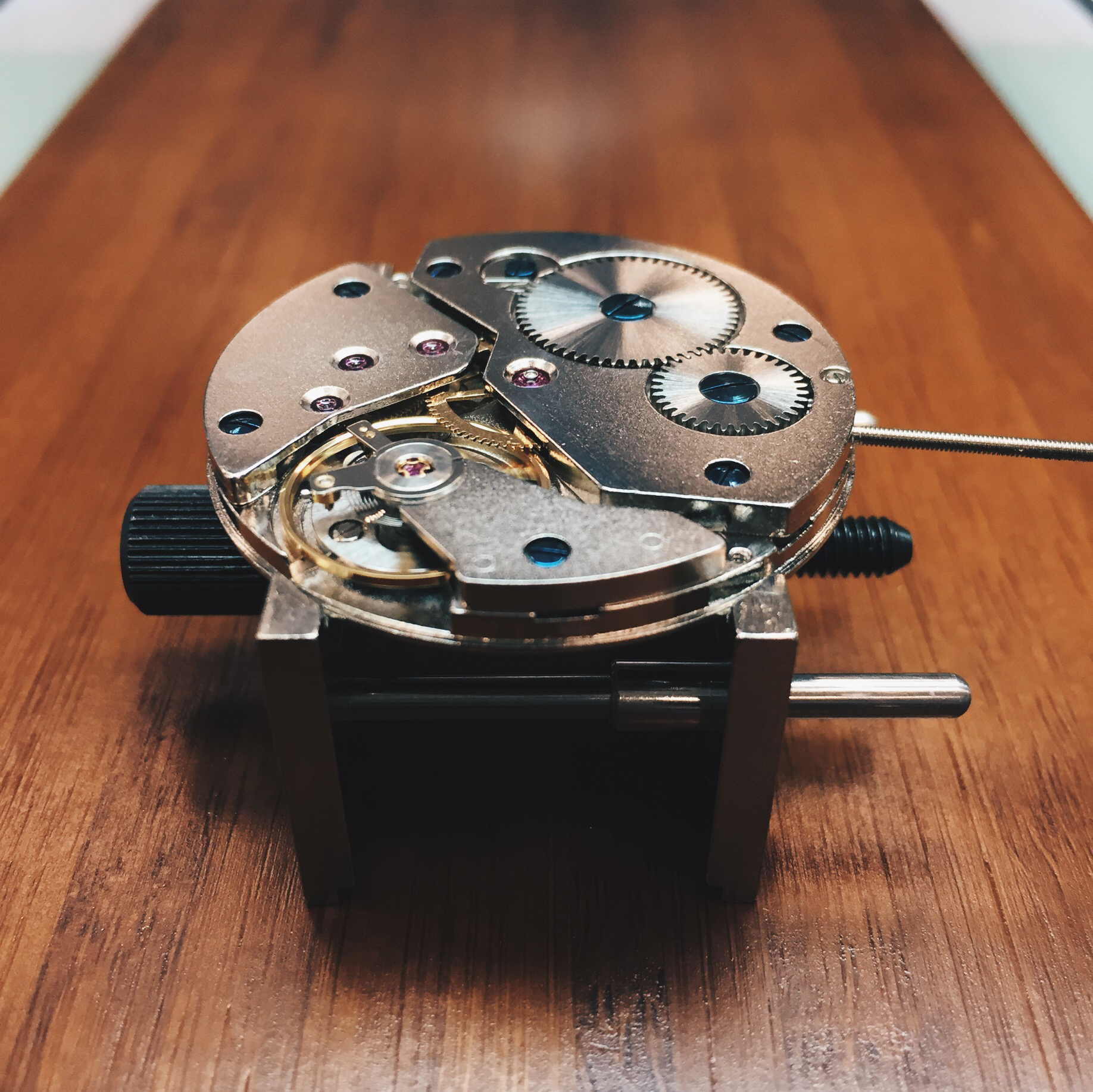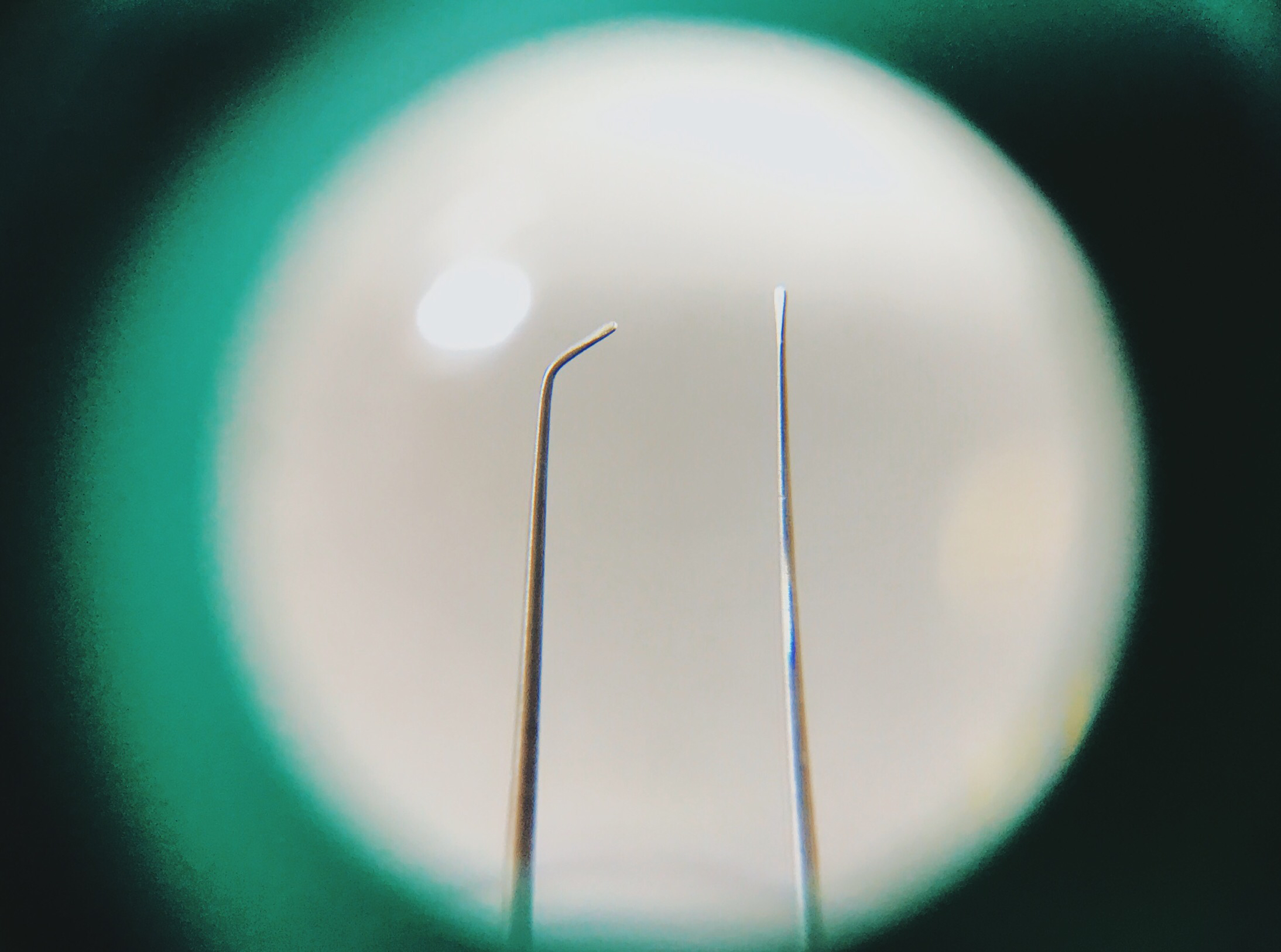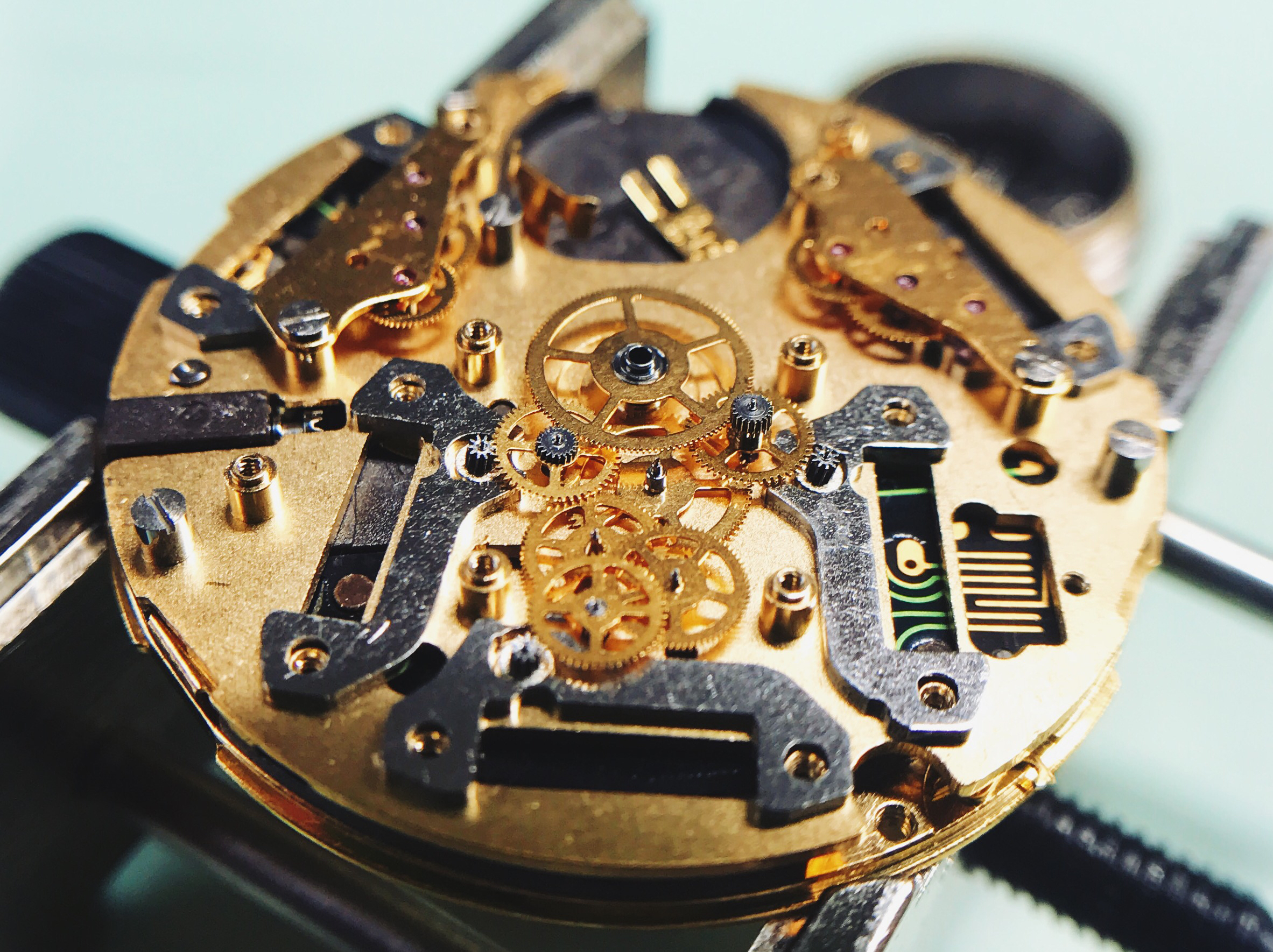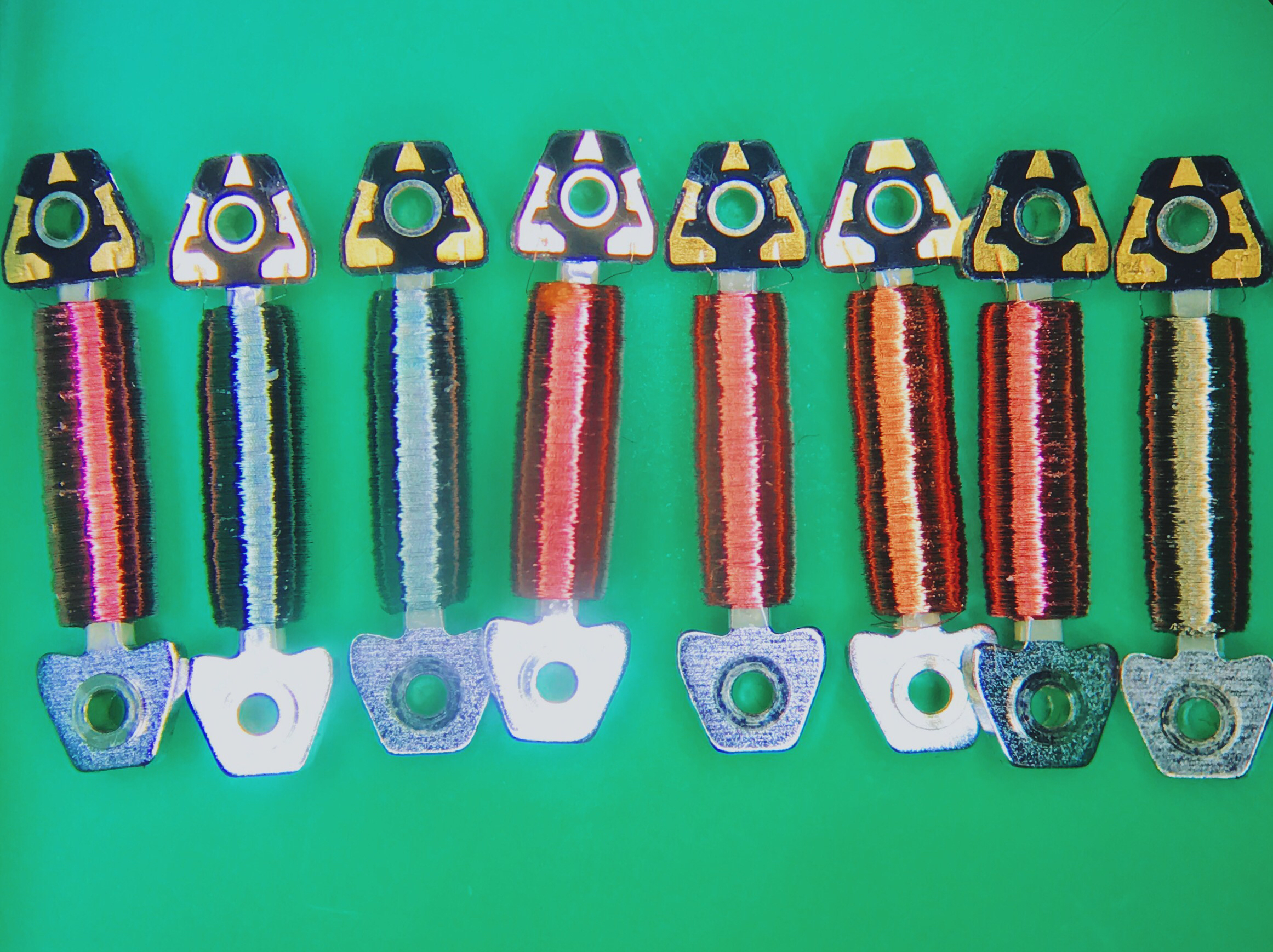Intro to Quartz
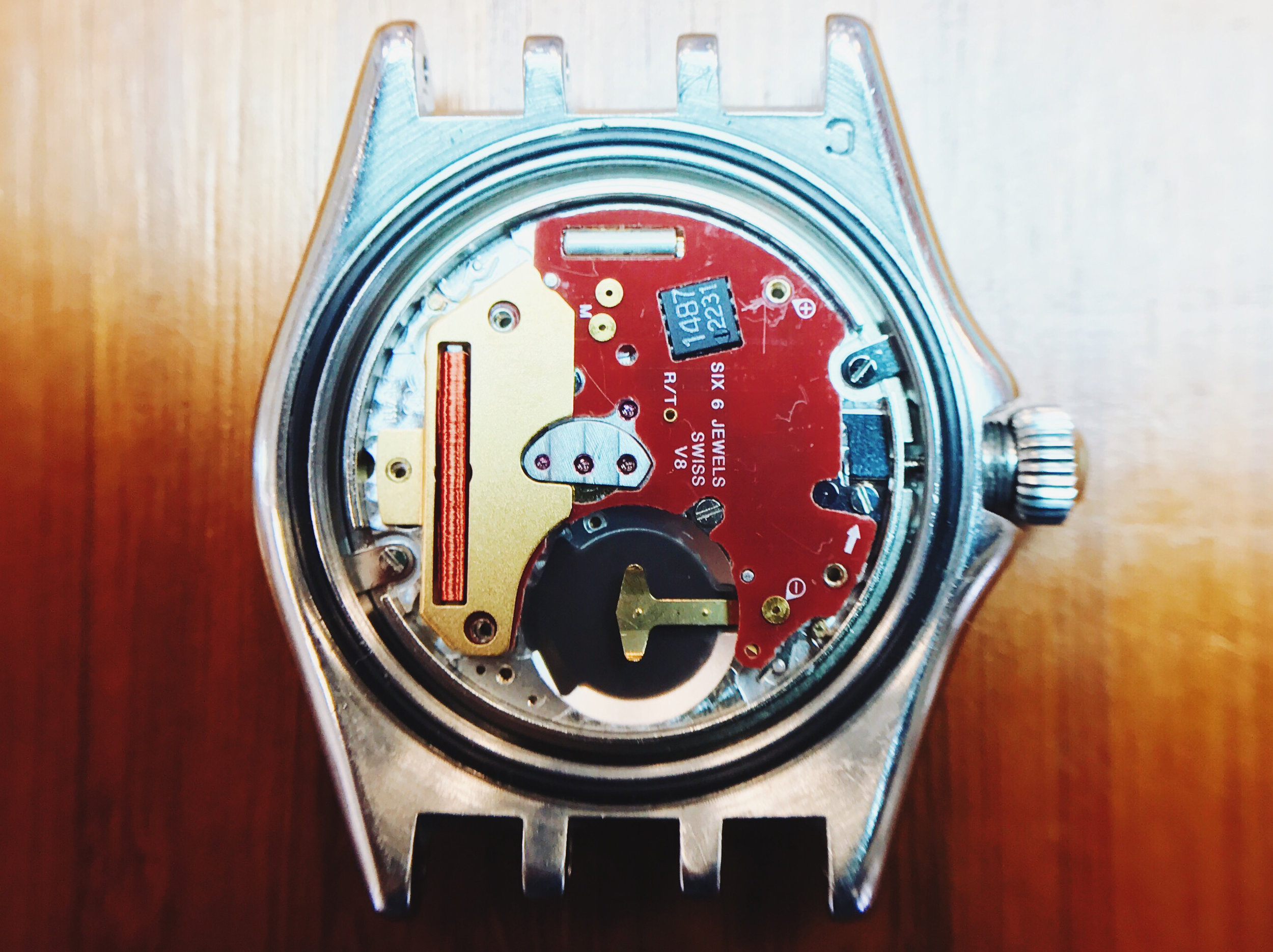
Quartz watches were once prophesied to be the death of mechanical watches. Luckily, both have managed to survive alongside each other in the modern market.
Electronic and quartz watches are a radically different way to approach timekeeping, compared to traditional escapements. Where mechanical watches use springs and levers to keep time, quartz watches use crystalline vibrations and electric signals to do the same.
An important thing to remember about quartz watches is that they are not a lesser form of watchmaking or timekeeping. While in many cases they are cheaper—and often looked down upon by the haute horlogerie community—they represent a significant part of the market and are interesting in their own right.
Plus, look at this (admittedly high-end) quartz movement, stripped of its circuit. Doesn't look significantly different than a traditional mechanical movement, right?
The theory behind quartz movements is actually pretty fascinating. Far from a "computer" running the show, they use basic electromagnetism to spin a rotor, which turns a geartrain just like in a mechanical movement—though it's a reduction geartrain instead of a multiplication one.
This actually presents an interesting distinction between mechanical and quartz watches. In a mechanical movement, the barrel unwinds very slowly, but with massive torque. That slow rotation is gradually sped up as the torque is divided, until the end of the power flow at the escapement and balance. In a quartz movement, the rotor spins very quickly (180° per second) but with almost no torque. The geartrain then slows the rotation, multiplying the torque to the point that it can turn the hands.
Quartz watch services are an undeniable part of a watchmaker's workload, and they're an integral part of our program too—they'll be on SAWTA 2 later on.
Watchmaking student at the Lititz Watch Technicum, formerly a radio and TV newswriter in Chicago.



